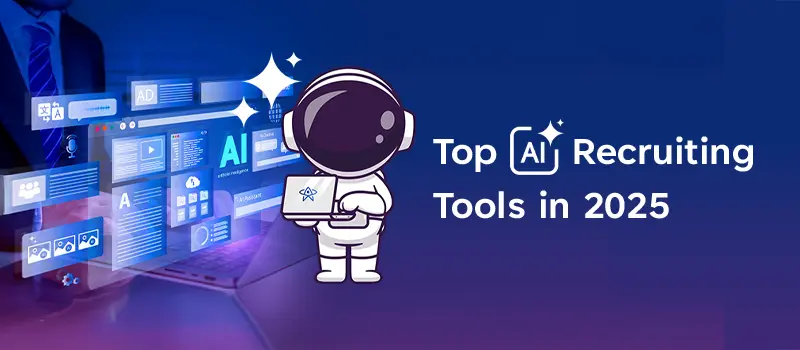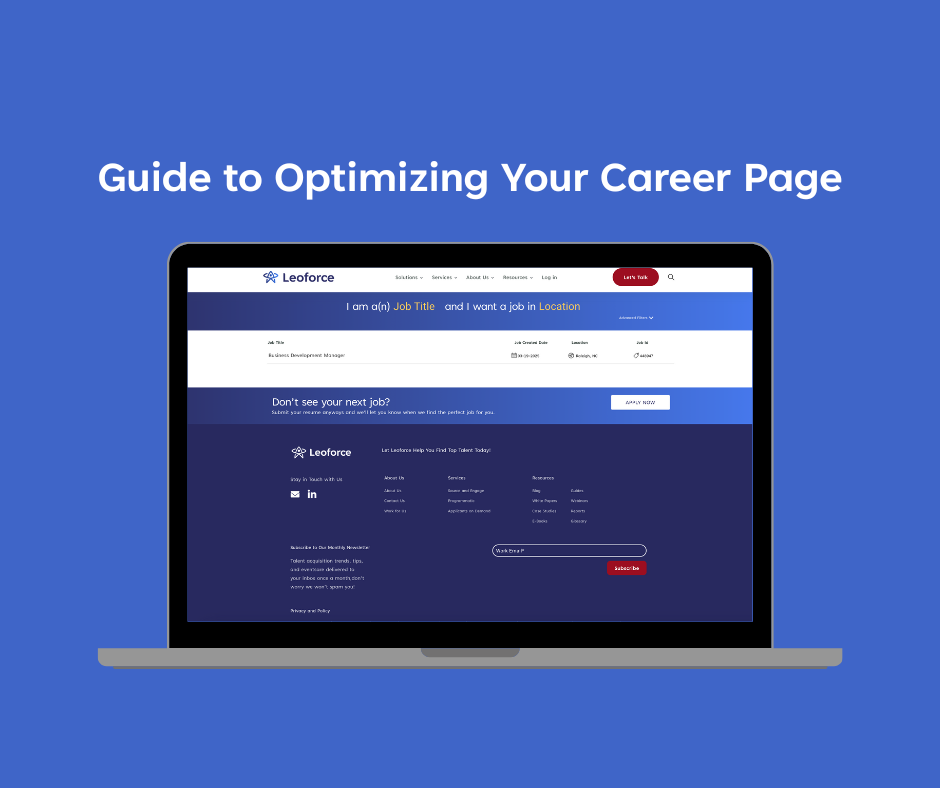Can lean recruitment be the answer to maximizing efficiency?

As an HR consultant or recruiter, you’d be familiar with the pains of recruiting the right talent at speed, and efficiently. Manually searching for qualified candidates, in today’s competitive environment is not only a back breaking task but often results in recruiters only being able to reach out to a small number of candidates in a limited time-period. Every recruiter’s primary KPI is to be able to hire and retain better employees, faster and more so, cost effectively.
While automation and HR recruiting tools are playing an important role here, in order to make it convenient and cost effective to get the right talent, at the right moment for you and your team; human intelligence and intervention is extremely critical. Which brings us to the point of, how does one manage maximizing efficiency with recruitment, while being involved with regular HR related admin tasks?
The keywords for 2023 is Better. Faster. Cheaper.
Unfortunately, there’s always a catch, making it difficult to manage all three together.
How can you achieve this herculean recruitment goal? Many veteran HR professionals cite lean recruitment as an answer. Read ahead to know more.
What is lean recruitment?
Lean recruiting is an approach to talent acquisition that applies principles from lean management and lean manufacturing to streamline and optimize the recruitment process. Lean management and lean manufacturing are concepts that originated in the manufacturing industry from Toyota Production System. The methodology aimed to maximize value while minimizing waste, thereby ensuring efficiency, productivity, and quality in organizational processes.
In lean recruitment, the focus is on delivering value to both the organization and the candidates by identifying and eliminating unnecessary steps, activities, and resources that do not contribute to the recruitment process’s efficiency. The goal is to create a smooth and streamlined process that saves time, reduces costs, and enhances the candidate experience.
Some key principles and techniques of lean recruiting include:
- Value stream mapping: Mapping the entire recruitment process to identify areas of waste, bottlenecks, and inefficiencies. This helps in visualizing the process flow and identifying opportunities for improvement.
- Standardization: Establishing standardized procedures and guidelines for each step of the recruitment process to ensure consistency and eliminate variations that can lead to delays or errors.
- Continuous improvement: Adopting a mindset of continuous improvement to regularly assess the recruitment process, identify areas for enhancement, and implement changes to optimize efficiency.
- Eliminating waste: Identifying and eliminating activities that do not add value to the recruitment process, such as excessive paperwork, unnecessary interviews, or common assessment tests which may not be relevant to a role, etc.
- Automation and technology: Leveraging technology, such as applicant tracking systems (ATS), automated screening tools, and online assessments, to automate repetitive tasks, improve data management, and speed up the hiring process.
- Collaboration and cross-functional teams: Encouraging collaboration between recruiters, hiring managers, and other stakeholders to ensure clear communication, shared objectives, and faster decision-making.
- Candidate-centric approach: Focusing on delivering a positive candidate experience by providing clear communication, prompt feedback, and efficient processes. This helps attract top talent and maintain a positive employer brand.
It is worth studying a notable case study that showcases the effectiveness of the Toyota Production System (TPS) is the NUMMI (New United Motor Manufacturing, Inc.) plant, a joint venture between Toyota and General Motors (GM) established in 1984. The purpose of this collaboration was to transform a troubled GM plant in Fremont, California, using TPS principles. The NUMMI plant is often cited as a successful example of TPS implementation outside of Toyota.
Before implementing TPS, the GM plant in Fremont had a poor reputation for quality issues, low productivity, and strained labor relations. However, with the introduction of TPS, the plant underwent a significant transformation, leading to better employee engagement, with the involvement of labour unions and employees, encouraging a collaborative approach, emphasizing team building and involving them with crucial problem solving, thereby positively impacting the sentiment of employees and improving productivity.
Lessons we can learn from the Toyota Production System, on lean recruiting?
Lean recruiting focuses on streamlining the recruitment process and eliminating unnecessary steps and waste. Here are some tips to help you achieve this goal:
- Clearly define job requirements: Start by clearly defining the skills, qualifications, and experience required for the position. This will help you attract suitable candidates and avoid wasting time on unqualified applicants.
- Develop a targeted job description: Craft a concise and compelling job description that highlights the key responsibilities and qualifications necessary for the role. This will attract candidates who closely match your requirements, saving time in the screening process.
- Leverage technology: Take advantage of recruitment technology tools to automate various stages of the process. Applicant tracking systems (ATS) can help you manage applications, screen resumes, and track candidate progress efficiently.
- Implement a pre-screening process: Introduce a pre-screening stage, such as phone interviews or online assessments, to filter out candidates who do not meet the minimum requirements. This allows you to focus your time and effort on qualified candidates.
- Utilize employee referrals: Encourage your current employees to refer potential candidates. Employee referrals often yield high-quality candidates who are more likely to fit well within the organization. This can significantly reduce the time spent sourcing candidates.
- Conduct efficient interviews: Prepare a structured interview process with standardized questions to ensure consistency and efficient evaluation of candidates. Use panel interviews or video interviews to involve multiple stakeholders simultaneously, saving time and expediting decision-making.
- Leverage social media and online platforms: Utilize social media platforms and professional networks to actively search for and engage with potential candidates. You can also leverage online job boards and professional networking sites to reach a broader talent pool.
- Maintain effective communication: Keep candidates informed about the recruitment process and timelines. Promptly respond to their queries and provide feedback after each stage to keep them engaged and interested. This helps prevent potential candidates from dropping out due to a lack of communication.
- Prioritize collaboration: Foster collaboration between recruiters, hiring managers, and other stakeholders involved in the recruitment process. Clear communication and coordination can help avoid delays, reduce redundancies, and expedite decision-making.
- Continuously evaluate and optimize: Regularly assess your recruitment process for areas of improvement. Analyze metrics such as time-to-fill, candidate drop-off rates, and quality of hires to identify bottlenecks and optimize the process further.
By implementing these strategies, you can streamline your recruiting process, reduce time constraints, and improve overall efficiency all with the help of lean recruiting.
You can kick-off or reinforce your lean recruitment process with AI recruitment tools like Leoforce by Leoforce. Request a Demo today to see how!





